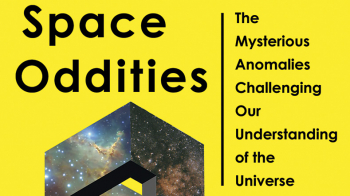

Every two years, Europe, Japan, Russia and the US collaborate to organize a Joint Accelerator School, giving accelerator physicists and engineers from each region an opportunity to meet experts from most of the world’s accelerator laboratories. This year it was Russia’s turn to host the school. It chose an unusual setting – on board a river boat sailing from St Petersburg to Dubna and Moscow along the system of inland waterways that link the mouth of the Neva with the Volga.
The title of the school was JAS2000: High Quality Beams, and an international team of more than 20 lecturers addressed the many effects that limit the intensity, luminosity and brilliance of proton and electron beams in both linear and circular machines. Parallel afternoon sessions on insertion and crossing region design, space charge and beam quality control for linear colliders allowed students to concentrate on a specialist topic of their choice. The school attracted more than 70 students, including 20 from outside Russia.
The boat proved to be an ideal environment for uninterrupted study. Nevertheless, participants still had a chance to visit two great Russian cities on a voyage that also passed through two large lakes – Ladoga and Onega. Historic sites en route included the monastery on Valaam Island, the famous church at Kizhi constructed entirely out of timber and the delightful town of Yaroslavl.
For CERN’s Accelerator School (CAS) this was one of three events in a crowded millennium year calendar. In March, CAS and GSI Darmstadt organized a specialist course on radiofrequency engineering at the Lufthansa Training Center, Seeheim, near Darmstadt, and in October there will be a course entitled Introduction to Accelerator Physics, held in Loutraki, near Athens. This has been organized with the help of the Institute of Accelerating Systems and Applications in Athens and the University of Athens. The Loutraki school is designed to be of particular interest to those participating in the SESAME initiative, which will provide a synchrotron light source for eastern Mediterranean countries. Parallel courses will deal with synchrotron light sources, linacs, and muon and neutrino factories.
In addition, the CAS course, Particle Accelerators for Medicine and Industry, will be held at Pruhonice, near Prague, on 9-17 May 2001.
Details of these courses will be posted on the Web site at “https://cas.web.cern.ch”.








